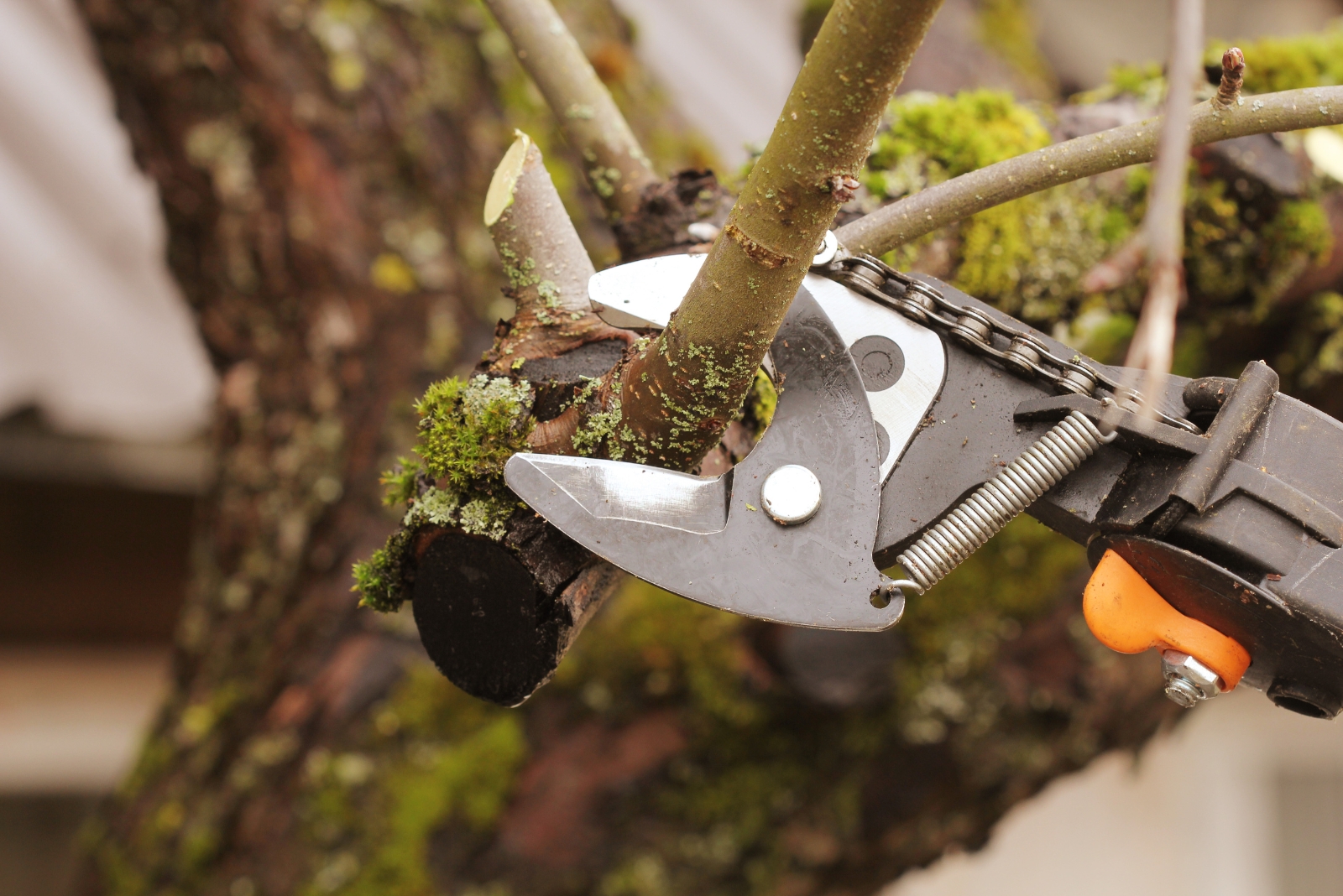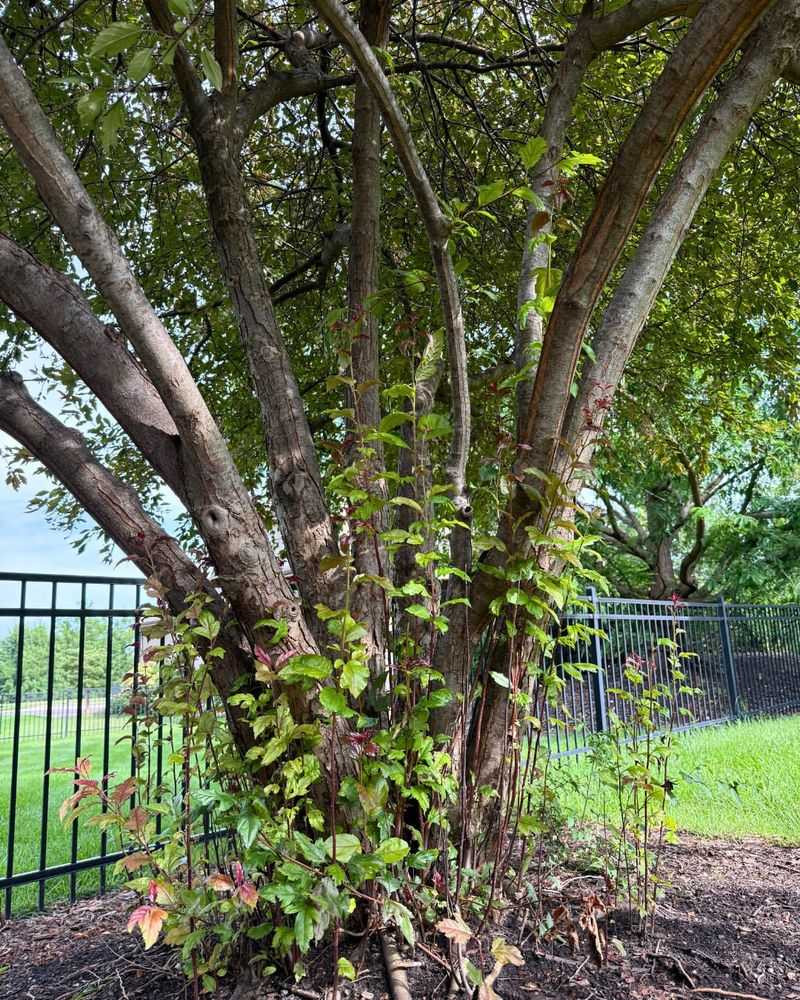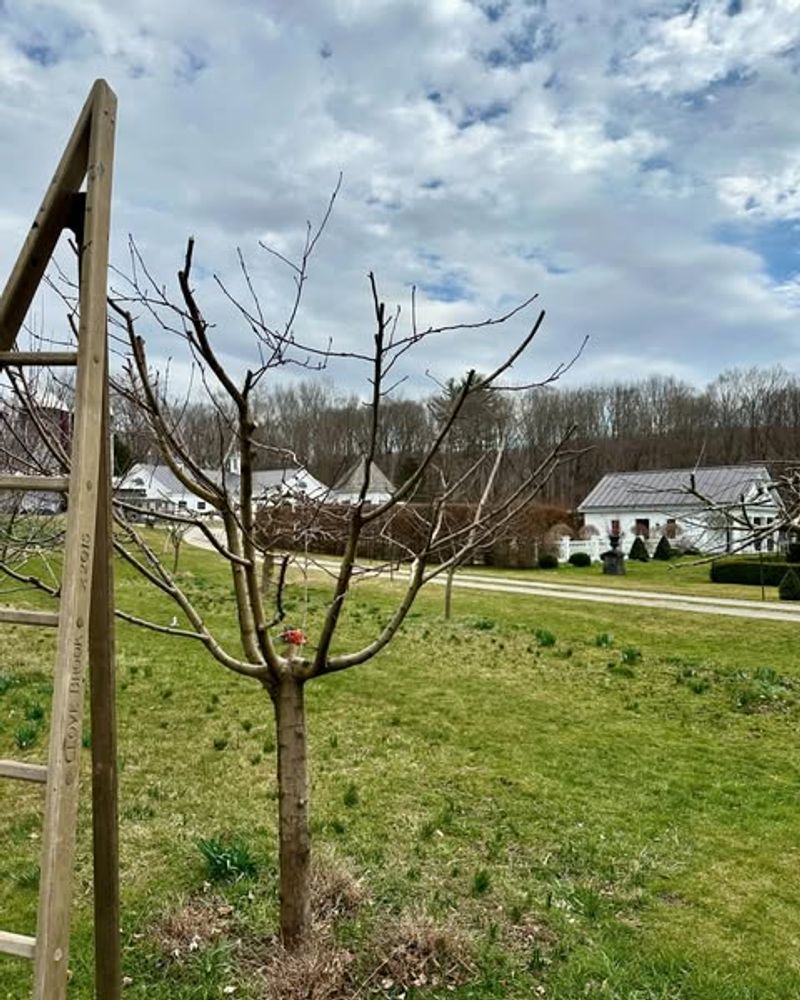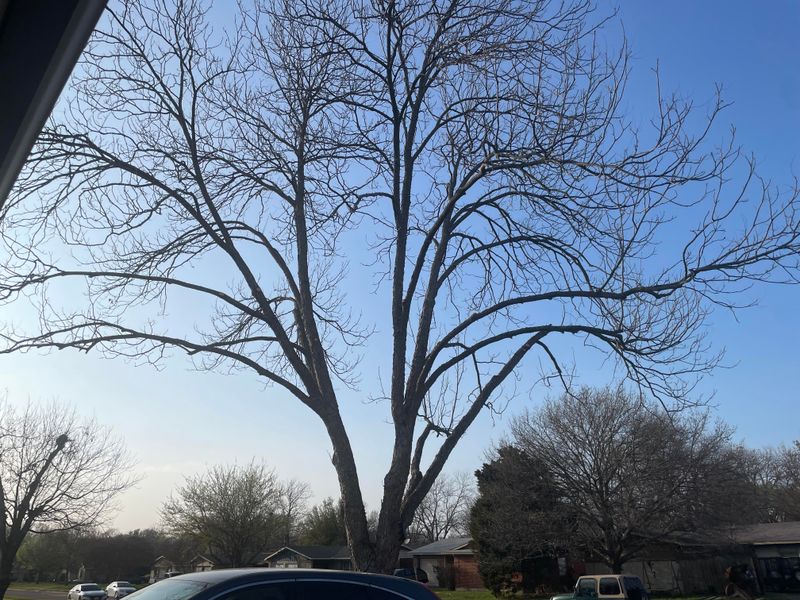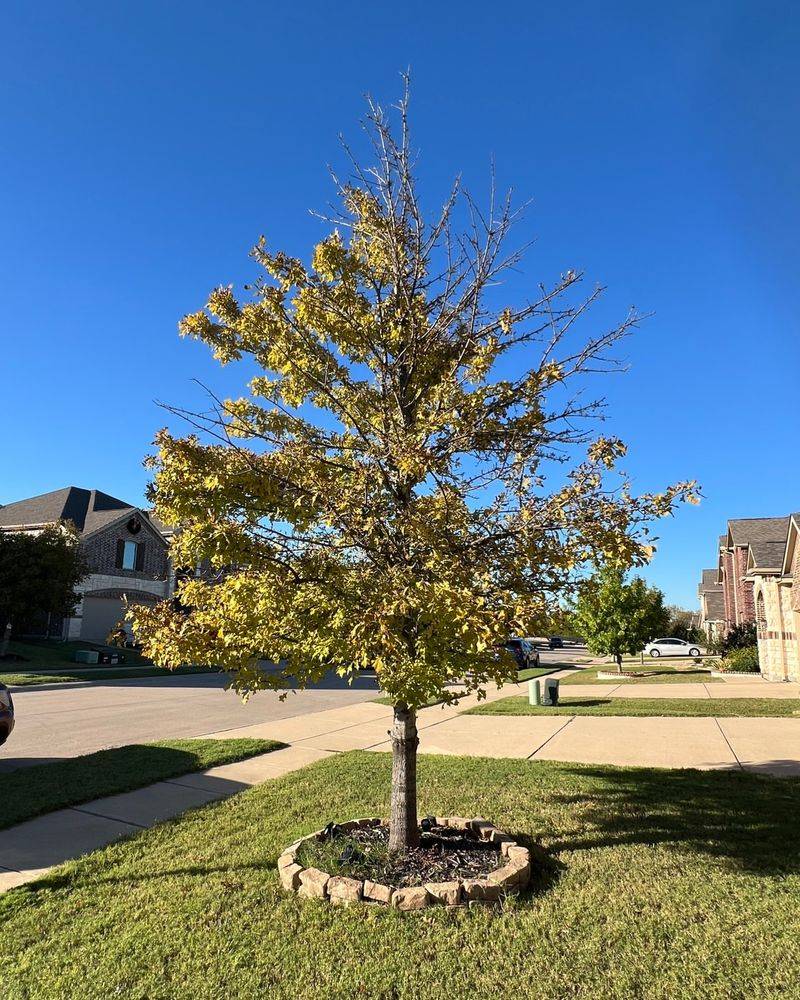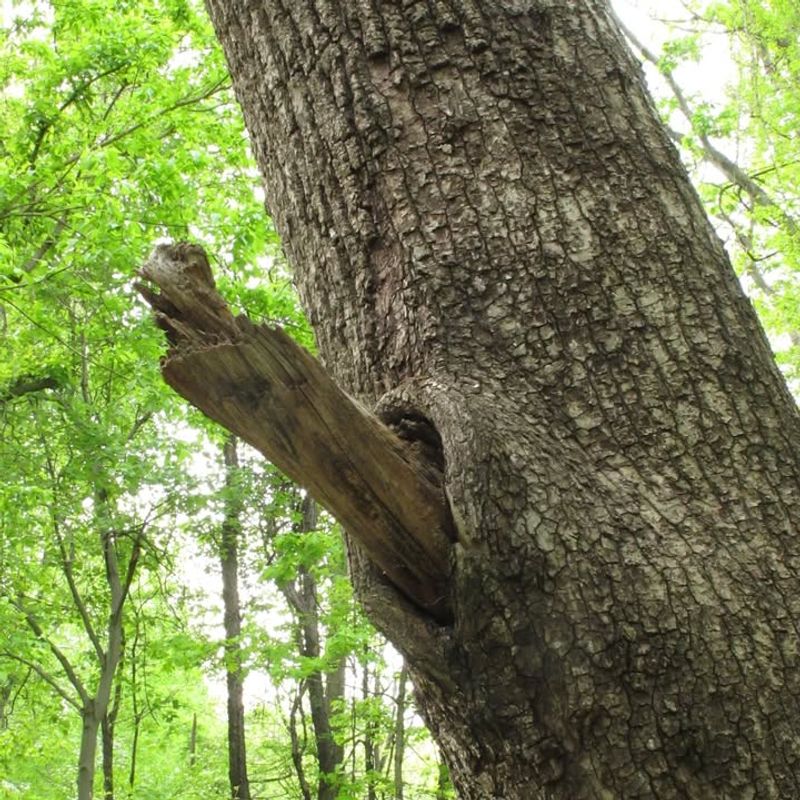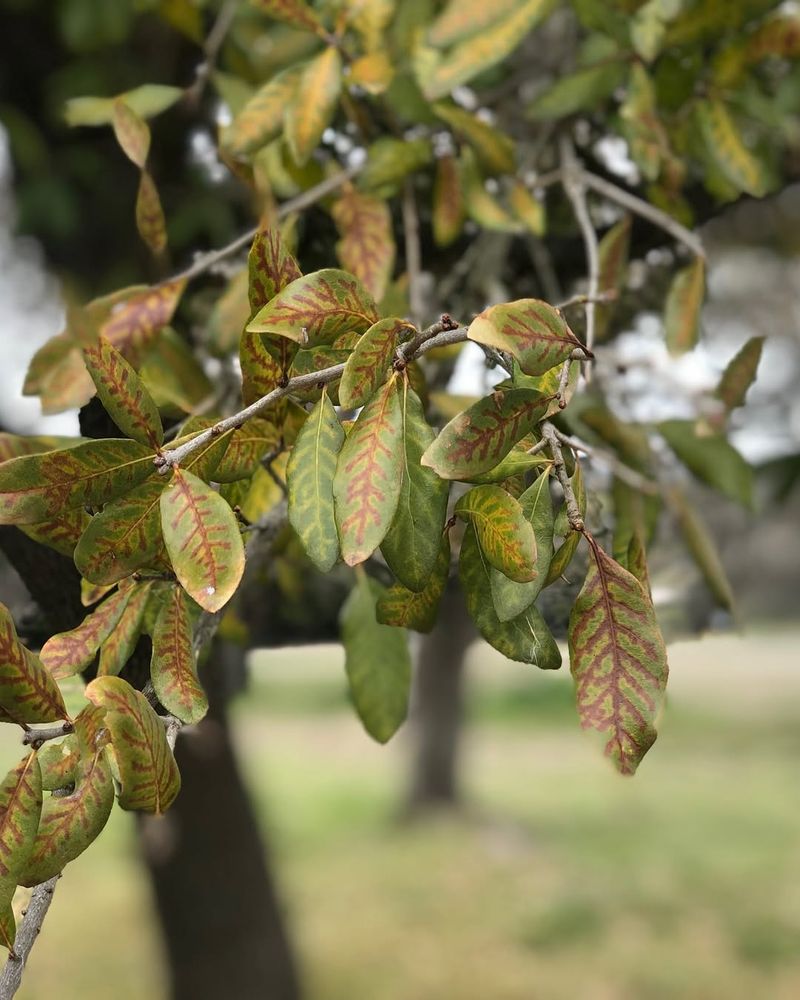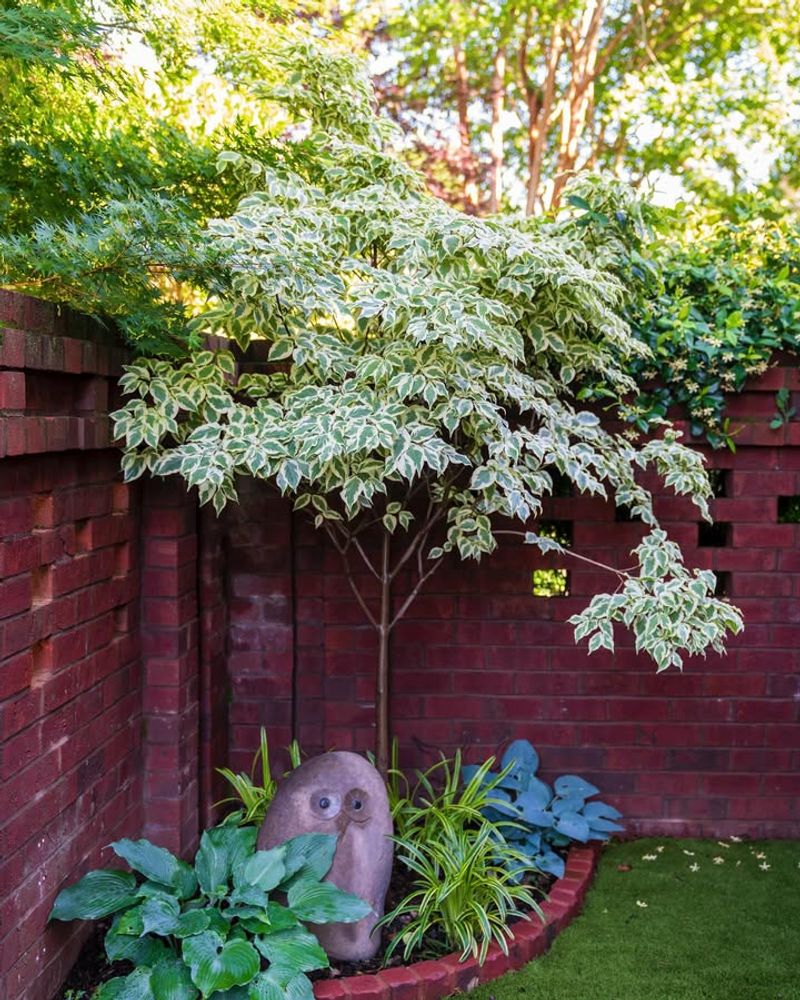Pruning trees might seem like a simple yard chore, but doing it wrong can seriously harm or even kill your beloved North Carolina trees. Many homeowners accidentally damage their trees by pruning at the wrong time or using incorrect techniques.
Understanding when and how to prune properly can mean the difference between a thriving tree and a dying one.
1. Summer Pruning Stress
Trees in North Carolina become incredibly vulnerable when pruned during hot summer months. The intense southern heat puts trees in survival mode, making any wounds heal much slower than normal.
Professional arborists warn that summer pruning removes leaves that trees need for food production, essentially starving them during their growing season. Most deciduous trees should only be pruned during dormant winter months when they’re less susceptible to stress and disease.
2. Hurricane Season Timing Disasters
Pruning right before or during hurricane season (June through November) creates a perfect storm of problems for North Carolina trees. Freshly cut branches leave open wounds that become entry points for diseases and pests during high-moisture periods.
Many homeowners make this mistake thinking they’re preparing trees for storms. In reality, proper structural pruning should happen months before hurricane season to allow complete healing. A tree with fresh cuts is actually more vulnerable to storm damage.
3. Lion’s Tail Effect
Ever seen trees with tufts of leaves only at branch ends? That’s called “lion’s tailing” – a devastating pruning mistake common in North Carolina yards. Overzealous interior branch removal shifts weight to branch tips, creating dangerous leverage points.
During North Carolina’s ice storms and summer thunderstorms, these improperly balanced branches snap easily. The practice also exposes previously shaded bark to sudden sunlight, causing sunscald damage. Proper pruning maintains the tree’s natural form while selectively thinning.
4. Topping Tragedy
Topping – cutting tree tops flat or removing large branches leaving stubs – ranks as the most destructive pruning practice according to North Carolina arborists. This brutal technique triggers panic growth of weak, unstable water sprouts that are prone to breaking.
The massive wounds created rarely heal properly in our humid climate. Trees typically develop extensive decay that spreads throughout the trunk. What’s more, a topped tree loses significant leaf surface, drastically reducing its ability to produce food and often leading to slow death.
5. Flush Cutting Failures
Cutting branches flush against the trunk might look neat and tidy, but it removes the branch collar – the tree’s natural defense system. Without this critical healing zone, North Carolina’s high humidity creates perfect conditions for fungal infections to enter directly into the trunk.
Arborists regularly find internal decay columns extending several feet from flush-cut wounds. The proper technique leaves the branch collar intact by cutting just outside this swollen area, allowing the tree to naturally compartmentalize wounds and prevent widespread decay.
6. Oak Pruning Disease Window
North Carolina’s magnificent oaks face a deadly threat when pruned during spring months. From February through June, tiny beetles carrying oak wilt fungus are actively seeking fresh wounds. One infected beetle visiting a fresh pruning cut can sentence an entire oak to death within months.
Oak wilt has devastated neighborhoods across the state. Once infected, the fungus blocks water movement within the tree, causing rapid wilting and death. Arborists strictly avoid oak pruning during this critical period, reserving work for July through January when beetle activity diminishes.
7. Dogwood Flower Bud Removal
North Carolina’s beloved dogwoods form their flower buds for the following spring during summer months. Pruning during late summer or fall inadvertently removes these already-formed buds, resulting in few or no blooms the next spring.
Many homeowners mistakenly prune dogwoods in fall as part of regular yard cleanup. The disappointment comes months later when spring arrives without the expected floral display. Arborists recommend only pruning dogwoods immediately after they finish flowering in spring, before new buds form.

